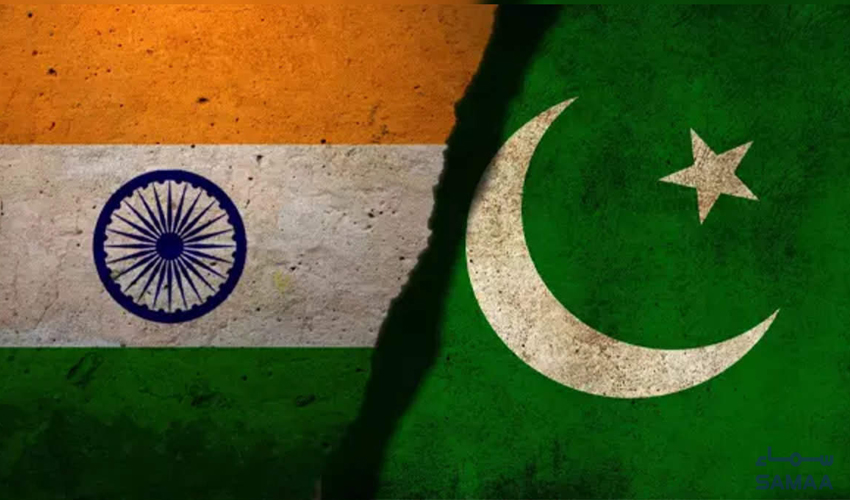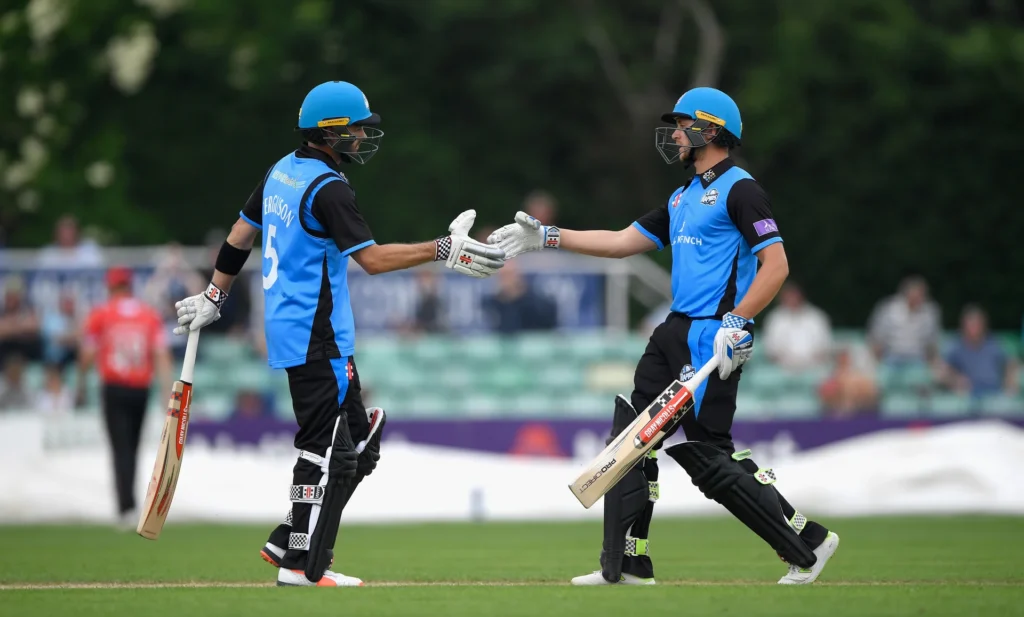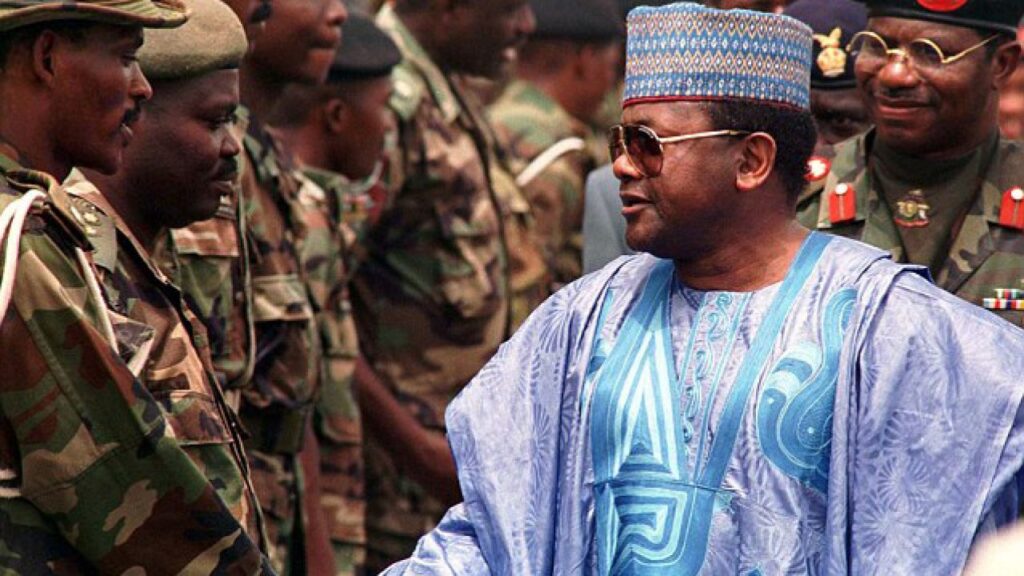The relationship between India and Pakistan has been fraught with tension and conflict since their independence in 1947. The deep-seated animosity between the two countries stems from historical, political, and cultural factors. This article delves into the roots of this hostility, exploring the events and issues that have perpetuated the enmity, and considers the implications for the future.
The Historical Context
Partition of British India
In 1947, British India was partitioned into two separate nations: India and Pakistan. The division was based on religious demographics, with Pakistan intended as a homeland for Muslims and India retaining a Hindu majority. The partition led to one of the largest mass migrations in history, with millions of people crossing borders to join their chosen nation. This migration was accompanied by widespread violence, resulting in hundreds of thousands of deaths and deep-seated trauma on both sides.
Kashmir Conflict
One of the most contentious issues between India and Pakistan is the Kashmir conflict. At the time of partition, princely states were given the choice to join either India or Pakistan. The Maharaja of Jammu and Kashmir, a Muslim-majority region, chose to accede to India under contentious circumstances. This decision led to the first Indo-Pak war in 1947-48 and resulted in a United Nations-mediated ceasefire. The region remains divided, with both countries claiming it in full but controlling parts of it. The unresolved status of Kashmir continues to be a flashpoint for military and political conflict.
Political and Military Rivalry
Wars and Conflicts
India and Pakistan have fought several wars and engaged in numerous military skirmishes. Apart from the first war over Kashmir, major conflicts include the 1965 and 1971 wars. The 1971 war led to the creation of Bangladesh (formerly East Pakistan), further straining relations. The Kargil conflict in 1999 was another significant military engagement that underscored the volatility of the relationship.
Nuclear Arms Race
Both India and Pakistan have developed nuclear weapons, leading to a precarious balance of power in South Asia. The nuclear arms race has heightened tensions, as both nations view nuclear capability as a deterrent against the other. This has resulted in a fragile peace maintained by the threat of mutually assured destruction.
Sociopolitical Factors
Religious and Cultural Differences
The partition of India and Pakistan was fundamentally based on religious differences, and these divisions continue to shape the socio-political landscape. Religious nationalism in both countries has fueled mistrust and hostility. In Pakistan, the ideology of an Islamic state is juxtaposed against India’s secular constitution, which aims to accommodate its diverse population.
Political Leadership and Policies
Political leaders in both countries have often used nationalism and anti-neighbor rhetoric to garner support. Policies and actions perceived as aggressive or hostile from either side have further deepened the divide. Incidents like the Mumbai attacks in 2008, attributed to Pakistani-based militants, and India’s subsequent surgical strikes across the border have exacerbated tensions.
Propaganda and Media
The media in both countries play a significant role in shaping public perception. Nationalist narratives and sensationalist reporting often amplify hostility and mistrust. Propaganda from both sides reinforces negative stereotypes, making reconciliation more difficult.
Economic and Social Impacts
Trade and Development
The hostility between India and Pakistan has had significant economic implications. Trade restrictions and border closures have hindered economic cooperation and development. Both countries have significant potential for trade, but political tensions prevent the realization of these opportunities.
Human Cost
The ongoing conflict has had a profound human cost. Families divided by the partition, soldiers lost in wars, and civilians affected by terrorism and military skirmishes bear the brunt of the hostility. The psychological impact on populations in both countries is significant, perpetuating cycles of fear and hatred.
Attempts at Reconciliation
Diplomatic Efforts
Over the decades, there have been numerous diplomatic efforts to ease tensions and resolve conflicts. Peace talks, confidence-building measures, and bilateral agreements have seen varying degrees of success. High-profile visits by leaders, such as the Lahore Declaration in 1999, offered hope for peace, but subsequent events often derailed progress.
People-to-People Initiatives
Despite political and military tensions, there have been grassroots efforts to foster understanding and peace. Cultural exchanges, academic collaborations, and peace movements work to bridge the divide and highlight shared heritage and commonalities.
The Way Forward
Building Trust
For any lasting peace, building trust is essential. This requires consistent diplomatic engagement, transparent communication, and a willingness to address contentious issues constructively.
Conflict Resolution
Resolving the Kashmir issue remains central to achieving long-term peace. Both countries need to approach the issue with a focus on humanitarian concerns and the rights and wishes of the Kashmiri people.
Promoting Cooperation
Enhanced economic cooperation, cultural exchanges, and collaborative projects can pave the way for better relations. Encouraging tourism, trade, and joint ventures can help build mutual respect and understanding.
Conclusion
The hostility between India and Pakistan is rooted in a complex interplay of historical, political, and cultural factors. While the past has been marked by conflict and division, the future holds the potential for reconciliation and cooperation. By addressing underlying issues, building trust, and fostering people-to-people connections, both nations can work towards a more peaceful and prosperous coexistence.












